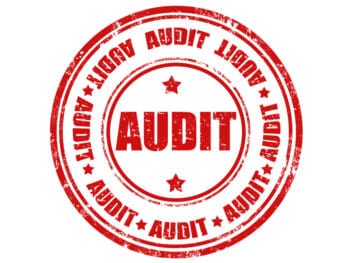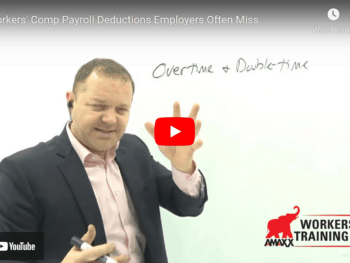Didn’t know Canada had a Second Injury Fund? Read what Canadian WC Attorney from Hicks Morley, David Brady says about the use of prior medical records to obtain SIEF funds.
For Schedule 1 employers, Schedule 1 employers comprise most of the private sector employers and some public sector employers who have opted to be covered under Schedule 1, the WSIB has a Second Injury and Enhancement Fund (SIEF). This is paid for by Schedule 1 employers in their premiums and covers that portion of WSIB benefit entitlement payments associated with non-occupational causes. The non-occupational factors must be contributing to the length of recovery and/or the original cause of the workplace injury or illness.
SIEF relief is usually 50% of the WSIB claims cost. It operates on a matrix depending upon the significance of the non-occupational medical condition in increments of 25%.
Bottom line, for Schedule 1 employers, the WSIB’s SIEF directly reduces the claims costs attributable to the employer and has a beneficial effect on the employer’s NEER results.
The SIEF is one way the WSIB recognizes tort law’s “thin skull” rule.
Of course, all relevant medical information must be brought forth (voluntarily or by subpoena or by order of the WSIB/WSI Appeals Tribunal) to establish entitlement under the legislation. The worker must show, on a balance of probabilities, that the workplace was a significant contributing factor of the worker’s medical condition(s).
Author: Attorney Brady can be reached at 416-864-7310 or david-brady@hicksmorley.com www.hicksmorley.com of Toronto, Canada.
Do not use this information without independent verification. All state laws are different. Consult with your corporate legal counsel before implementing any cost containment programs.
©2008 Amaxx Risk Solutions, Inc. All rights reserved under International Copyright Law. If you would like permission to reprint this material, contact Info@WorkersCompKit.com














